The Batman is a true standout in terms of its stunning visuals. Many critics and fans have lauded the film’s cinematography as some of the best in the industry. Director Matt Reeves and cinematographer Greig Fraser have crafted a world that’s shrouded in darkness and mystery, leaving viewers completely immersed in the experience.
In fact, The Batman’s cinematography is so captivating that it puts many modern blockbusters to shame, making them seem like amateur student films in comparison.
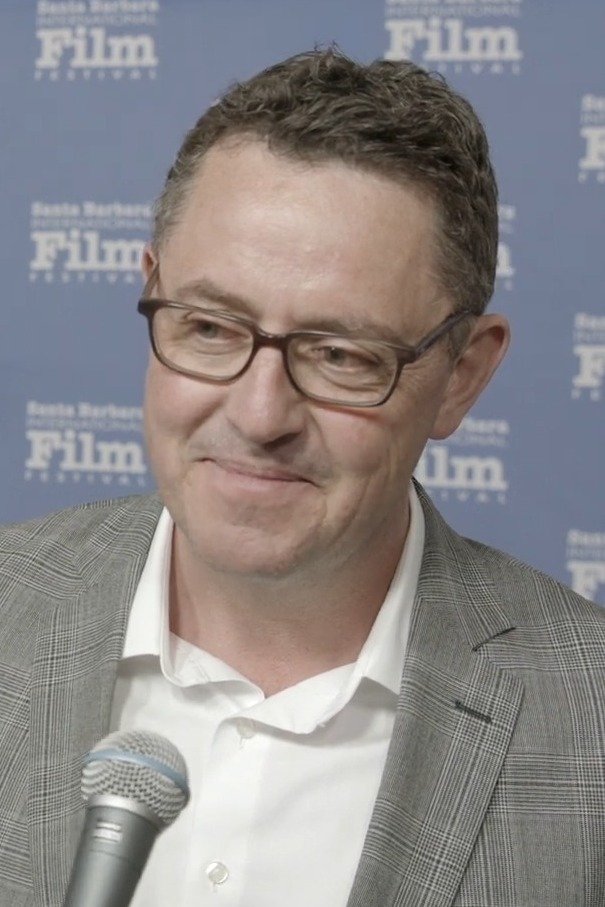
In an era where every film seems to be obsessed with achieving a “clean” look, The Batman bucks the trend with its gritty and raw visual style. But what sets it apart from other films of its kind? Director Matt Reeves and cinematographer Greig Fraser took a unique approach to bring The Batman to life, utilizing a combination of techniques that create a distinctive and immersive experience.
In this article, we’ll delve into their approach, examining everything from the lenses they used to the cinematic references that influenced them, and do an in-depth cinematography analysis on The Batman.
The Batman Cinematography Analysis
The magic of Greig Fraser
Greig Fraser, the cinematographer for The Batman, is a highly acclaimed artist in his field. With a long list of notable works, such as the recent sci-fi epic Dune and the TV series The Mandalorian, Fraser has proved his skill behind the camera time and time again.
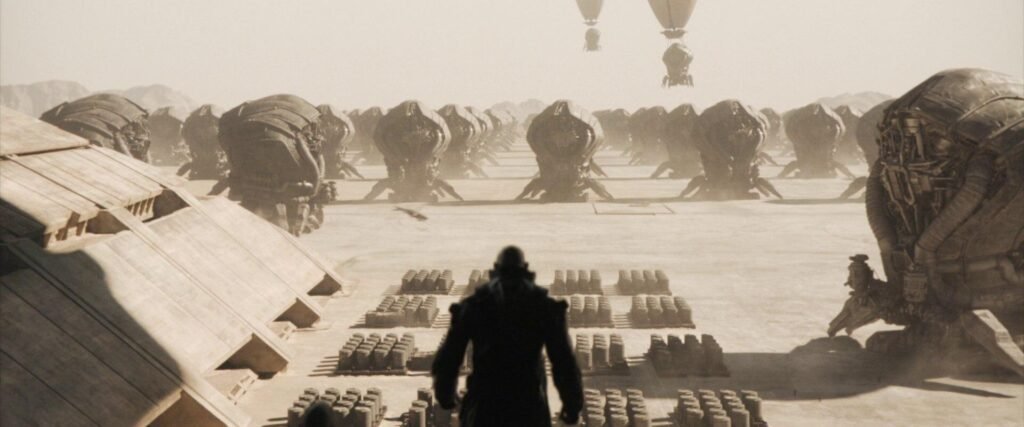
Interestingly, The Batman is not the first time Fraser has collaborated with director Matt Reeves, having previously worked together on the 2010 film Let Me In.
This earlier project shares many stylistic similarities with The Batman, showcasing Fraser’s ability to adapt his visual storytelling techniques across various genres while still maintaining his own unique voice.

Greig Fraser’s visual style is truly unique and his ability to adapt to different genres and directors is commendable. He’s worked on films like the crime drama “Killing Them Softly“, the political biopic “Vice“, and the psychedelic space opera “Dune”.
Although his style varies, there are certain elements that he always incorporates. For instance, he’s known for his love of anamorphic lenses that add a vintage touch to his work. Shadows also play a significant role in his films, as he uses practical lights to create a deep, rich contrast.
Inspiration For Cinematography Of The Batman
For “The Batman”, Matt Reeves and Greig Fraser drew inspiration from 70s crime thrillers shot primarily on Panavision C-Series Anamorphic Lenses. It’s evident in the film’s immersive world that’s draped in darkness and mystery.
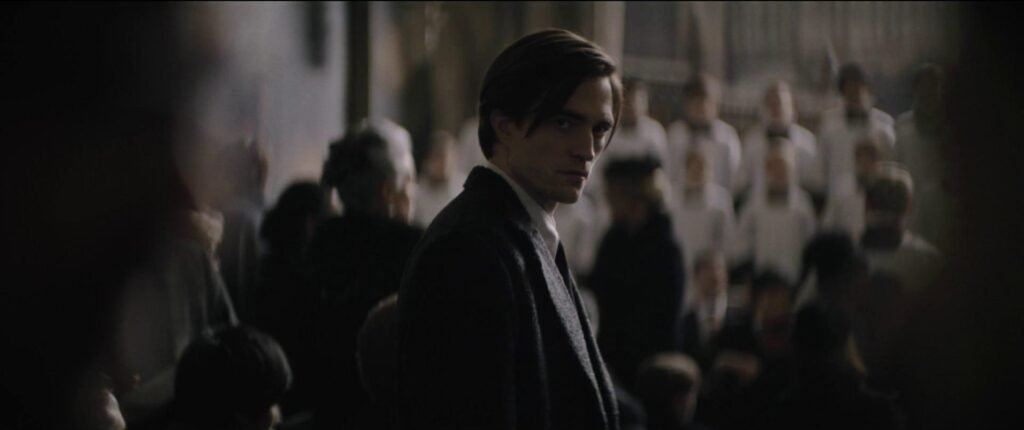
The gritty, dirty look is what sets it apart from other modern blockbusters, and it’s a testament to Fraser’s talent for creating visually stunning films.
In the world of cinematography, lenses play a crucial role in creating the visual style of a film. And when it came to The Batman, cinematographer Greig Fraser knew exactly what kind of lenses he wanted to use.
Lensing and Blocking Used In The Batman

He opted for custom Arri Alfa Anamorphic Lenses that were purposely detuned, giving the film a unique look and feel. These lenses, which were inspired by the ones used in the 70s, have a distinct character that adds to the overall atmosphere of the film. With incredible center sharpness and corner falloff, the lenses draw the viewer right into the middle of the frame, making for an immersive experience.
In cinematography, there’s a technique known as “dirtying up the frame,” which involves adding elements to the foreground or obscuring the background. Greig Fraser is a master of this technique, and he employs it to great effect in The Batman.

He understands that horror and dread can be more effectively conveyed through atmosphere and what is left unseen. This film contains numerous moments that play out in the background, with frames that are intentionally out of focus, adding to the tension and suspense. Additionally, the angles and framing are carefully selected to create dramatic silhouettes of the characters.
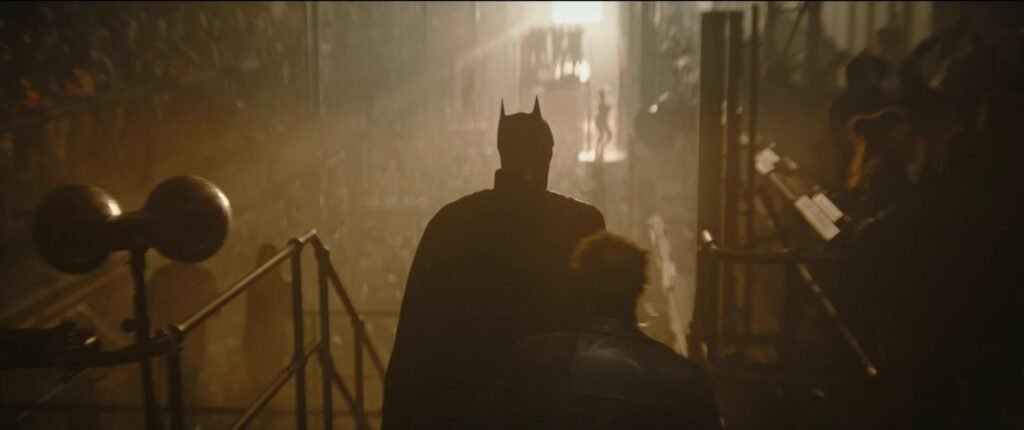
The camera acts as another character, providing a unique vantage point from which to tell the story of The Batman and his pursuit of a serial killer. The audience is drawn in as a spectator, solving the mystery alongside Batman.
David Fincher’s Seven and The Batman
But where does the inspiration for this crime thriller come from? Many have noted the similarities to David Fincher’s Seven, a 90s thriller about two detectives on the hunt for a serial killer with a twisted sense of justice.
It evoked the same sense of terror and mystery as the 90s thriller Seven. From scenes lit solely by flashlights to heavy usage of rain and macro insert shots, the film’s visual language aims to convey important information to the audience while immersing them in a dark and ominous world.
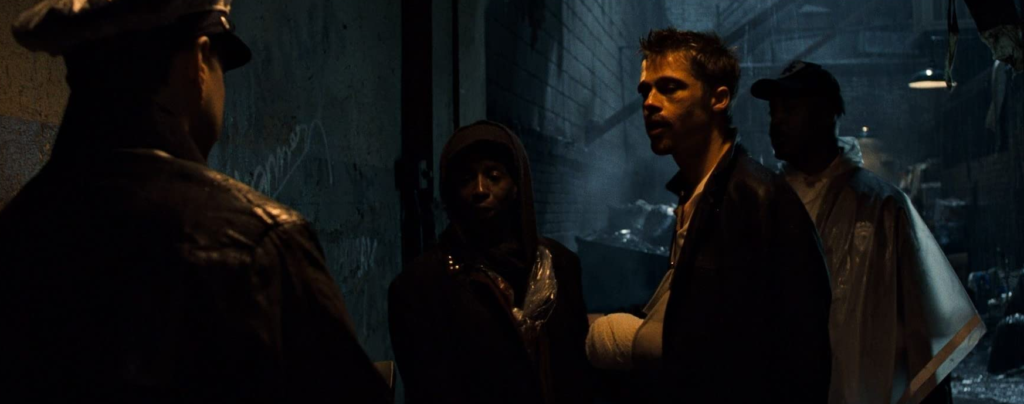
In fact, the movie features plenty of lamps – a detail that Greig Fraser, the cinematographer, clearly loves. Like Seven, The Batman is a movie that’s draped in shadows, making it a perfect fit for the iconic superhero who calls the shadows his home.
Lighting of the film The Batman
The first time we see Batman in the film is a moment that takes your breath away. What’s interesting is that this scene was actually lit quite simply, focusing on enhancing the natural environment rather than overly lighting everything and fixing it in post-production.
The use of color in the lighting is also key to creating the desired effect. The drapes of red and cyan, as well as the classic orange and yellow of the sodium vapor lights, all work together to create an atmosphere that screams Batman to the audience.
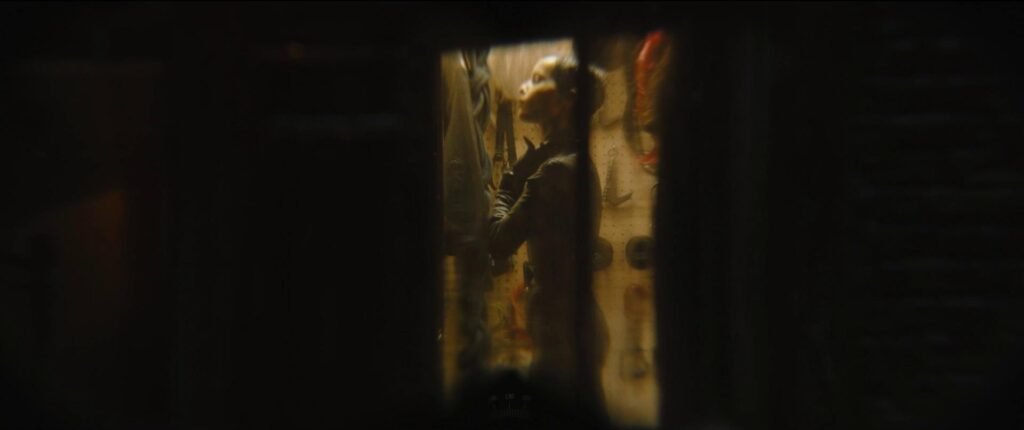
The goal is often to immerse the audience into the story and make them feel like they are part of it. The Batman, directed by Matt Reeves and shot by Greig Fraser, takes this concept to the next level.
Letting the camera interact with the narrative
The team used various techniques to make the audience feel like they are right in the middle of the gritty, gothic city of Gotham.
One of these techniques involved letting the camera interact with the environment, such as using a silicone filter to make it look like the lens itself got wet. This technique has been used before, such as in The Revenant, where mud and condensation from breath were used to dirty up the lens.
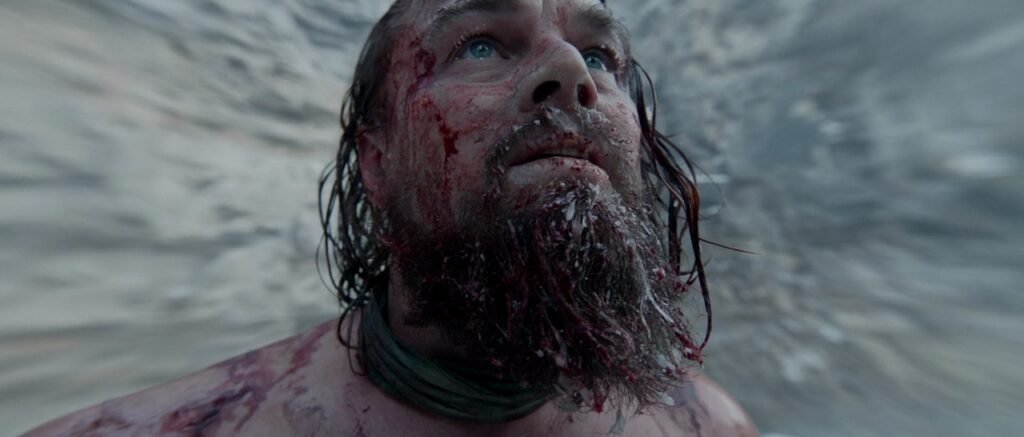
These small details are what make The Batman feel so real and authentic. The film doesn’t have that commercial gloss that is so common in Hollywood blockbusters.
Instead, everything is about putting the audience squarely in the middle of the experience. From the neon signage and streetlights of the gothic city to the shiny, wet look of everything, the film immerses the audience into its world.
Modern Tech Used in The Batman
When comparing The Batman to modern superhero films, the differences are stark. VFX-heavy movies like Spider-Man: No Way Home often struggle with inconsistent tone and lighting. At times moody, other times looking like an Amazon commercial, these films can break the immersion and leave viewers feeling disconnected.
In contrast, The Batman maintains a sense of realism throughout. From start to finish, there’s never a moment that screams “blue screen” or “CGI overload.”

Greig Fraser’s experience on The Mandalorian shines through in his work on The Batman. By using LED projection walls, he and the team could ensure consistency and never have to worry about a sunrise ending too soon or a helicopter ruining a cityscape shot. But it’s not just the technology that makes The Batman stand out.
Frasier’s lighting is tonally consistent across all scenes, from a CGI-heavy car chase to Batman’s quiet investigation of a crime scene. The result is a film that feels immersive and authentic, free from the commercial gloss that plagues so many superhero movies today.
Unique Color Grading and Finishing Process of The Batman
Despite being shot digitally on the Alexa LF, the team behind the film utilized a unique technique to develop a digital negative onto real 35mm film, taking the process a step further than other films like Dune. The results are stunning, as the film has a distinctly cinematic feel and texture that captures the essence of Gotham City.
Additionally, certain sections of the movie were scanned back IP(Interpositive) to emulate the look of motion picture films from the era that inspired the film. According to the cinematographer, while the Alexa LF provided incredible sharpness, the team aimed to replicate the texture and feel of classic films.
How you can make better films?
I think it’s often the little things that can make a big impact. The way a lens renders out-of-focus areas, the flares it produces, and even how environmental factors affect the glass can all contribute to the final product. It’s these imperfections that add a sense of tangibility to a scene, something that just can’t be achieved with a perfectly polished, sterile image.

For The Batman, this raw and visceral approach was critical to achieving the desired effect. The beauty of the film is found in its imperfections, not in a distant, clinical observation.
I hope it will influence future films. However, the reality is that shooting in a warehouse is cheaper and more efficient, and studios often prioritize budget over style. Despite this, there are other examples of efficiency and beauty going hand in hand in the film industry.
Other films, like David Fincher’s Mind Hunter and some of Marvel’s recent releases, have also pushed the boundaries of cinematography, and it’s exciting to see more filmmakers experiment with their craft. The Batman serves as a reminder that it’s okay to embrace imperfections and not rely solely on clean, clinical aesthetics.
This article serves as a celebration of The Batman’s stunning cinematography and a call to action for more filmmakers to take risks and explore new visual styles.





